It was 2017 and I was standing in the sweltering summer heat on Halsted Street, watching the Chicago Pride Parade. I looked out at the Dykes on Bikes cruising down the parade route in their leather jackets and spiked-up hair.
I was a 13-year-old standing next to a crowd of scantily clothed 20-somethings with my mother and father. I’d never felt so out of place. Rainbow flags and muscled men in crop tops surrounded me — after all, this was a celebration of queer culture — but I wanted to run away from anything that represented my identity.
I didn’t truly begin to feel pride in being a gay man until about a year ago.
It started after I read the book “The Great Believers” by Rebecca Makkai, a novel about gay men in Chicago during the AIDS epidemic who were dying en masse from the disease. Nothing had ever moved me so deeply.
I realized that while I grew up without having to directly face the trauma of the AIDS epidemic or the harassment and violence queer activists have repeatedly endured. I had no understanding of how that legacy informed my own life.
Taking matters into my own hands, I began exploring queer history.
I read books, watched documentaries and television shows and conducted Google search deep-dives to understand how queer people in the United States existed before me. I became so passionate that I made a collage of printed photos from the Gay Liberation Movement and hung them above my dresser. Finally, I started to understand the significance of being gay.
Don Romesburg, a Women’s and Gender Studies professor at Sonoma State University, said queer history can have a profound impact on students.
“Campuses become more welcoming and more accepting in a general sense if LGBTQ content is part of their curriculum,” Romesburg said. “Studies have shown that it’s one of the most powerful interventions that can be made to give LGBTQ students a sense of safety, a sense of belonging.”
Romesburg’s upcoming book, “Contested Curriculum: LGBTQ History Goes to School,” explores the history of efforts to incorporate LGBTQ+-inclusive content in K-12 education. He helped bring LGBTQ+ content into K-12 curriculums in California in the 2010s, but most of Generation Z (including myself) did not receive any education relating to their sexuality.
My middle school U.S. history class covered every civil rights movement except for the Gay Liberation Movement, and my sexual education teachers only included heterosexual representation.
Romesburg said LGBTQ+ students are unique in that their identities are often not embedded within the context of their home or cultural communities unless they live with queer-identifying parents. This can make it difficult for them to understand what their identity means and where it comes from.
“If this work is not done through public schools, we are denying queer and trans young people a powerful means of intergenerational knowledge that is so essential to our ability to survive and thrive and know our place in the wider world,” Romesburg said.
Gay men today have the luxury of growing up in a time when public opinion about queer people in the U.S. has shifted toward widespread acceptance. Gay marriage was fully legalized in 2015, when I was in fifth grade, and in 2020 the Supreme Court issued protection against workplace discrimination based on sexual orientation.
While our country may be more accepting of gay people than ever before, our community faces ongoing struggles — including at the University of Minnesota.
Mathew Krelitz, a University alum, wrote an honors thesis last year on how gay men find and perceive gay culture when they come to college. He interviewed 17 gay men at the University of Minnesota and other universities in the Twin Cities area. The findings suggested overwhelmingly that gay men view gay culture as negative.
“They really did not want to engage with the community,” Krelitz said. “There’s all these LGBTQ+ groups on campus, and gay guys just don’t go to them. And I think one of the reasons is that they don’t like other gay guys. They’re afraid that people will be mean to them or reject them or gossip about them, which happens all the time.”
Krelitz credits the emphasis on hookups and casual sex over genuine connection for driving this perception of negativity around gay culture.
“Because dating and sex and romance are intertwined with what people perceive the gay culture to be, their perception of the gay culture is negative,” Krelitz said. “And a lot of guys, because of that, will turn to straight women for friends, which is fine, but the participants that did have gay friends spoke of really enjoying their gay friends and trying to learn through the gay community.”
These results are hardly surprising. If we don’t have role models to inspire us and if we aren’t able to analyze and understand how gay men formed communities in the past, how can we expect to feel empowered by our identities and create a positive culture?
With anti-LGBTQ+ harassment and violence on the rise — coupled with the threat of the Trump Administration potentially dismantling protections against discrimination based on sexual orientation — we must take it upon ourselves to learn what the queer community has fought for and why we must protect that legacy.
I’ll never forget coming back to my apartment one day, around the time when I first hung up my queer history collage on my bedroom wall. I looked into the faces of Harvey Milk, Cleve Jones and Marsha P. Johnson — people who were brave enough to stand up and fight for my right to exist in this country. I thought of their stories and the stories of all the queer people who came before me, memorialized now as pictures on the wall.
They stared right back at me, a college student who was unsteady but determined to keep their legacy alive.
For the first time in my life, I felt proud.


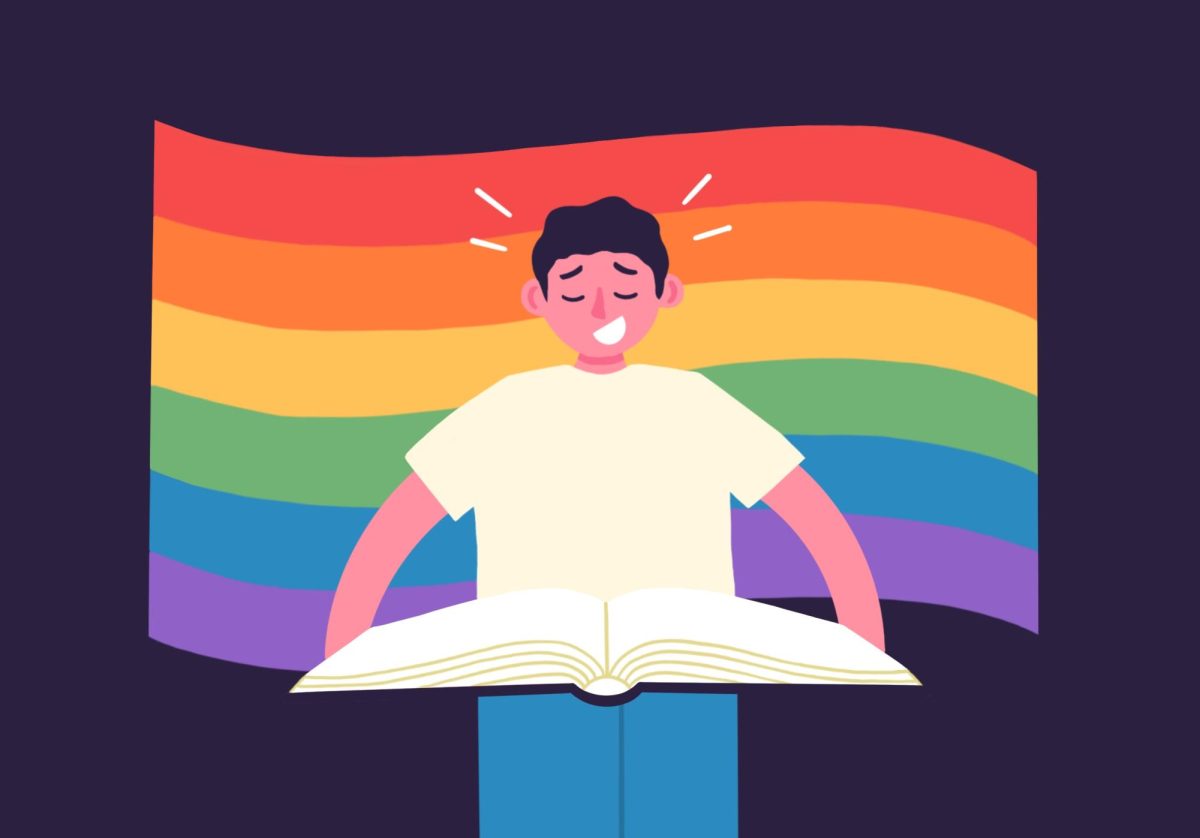
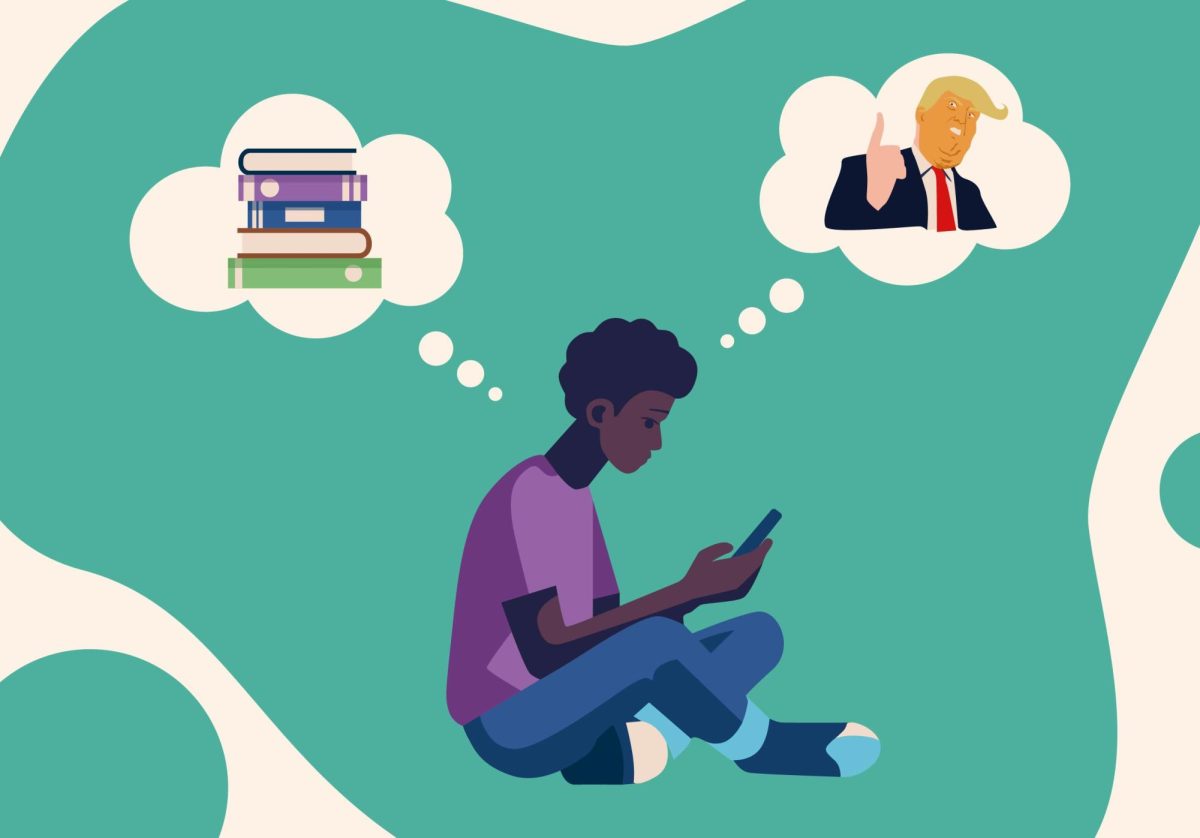
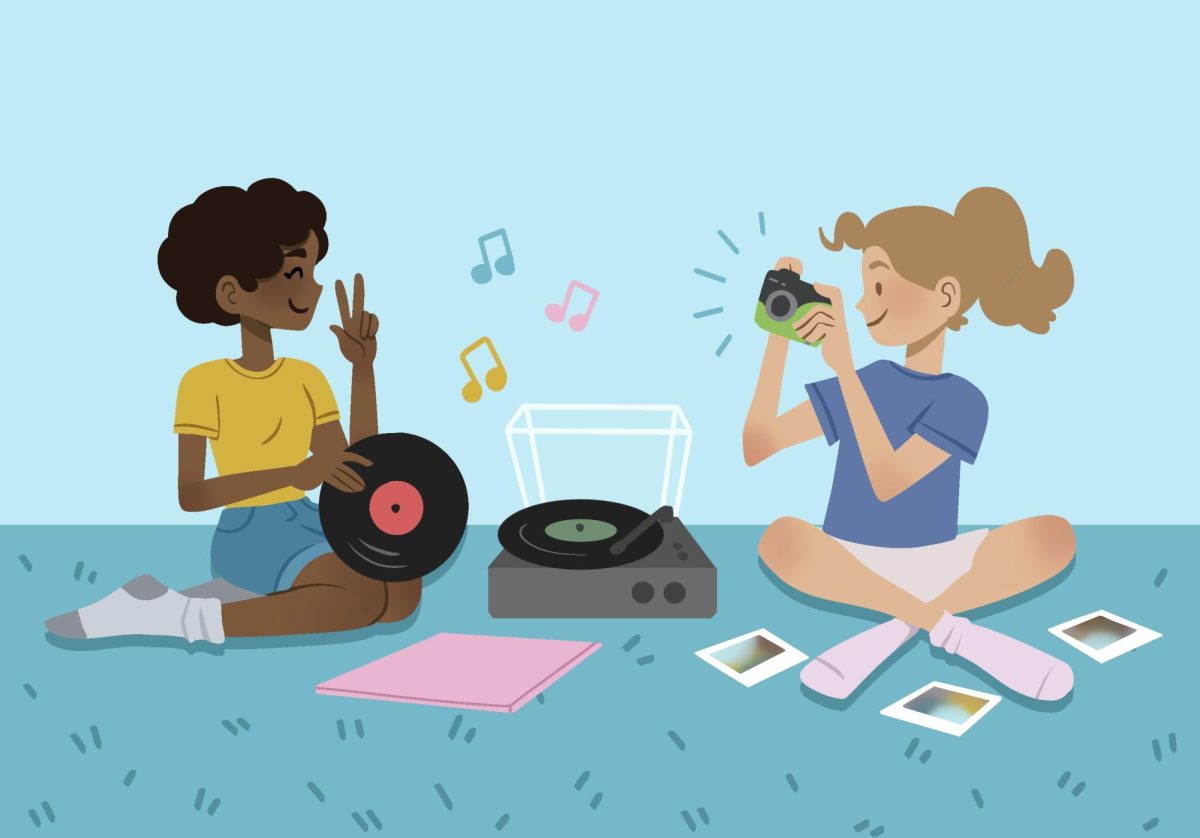
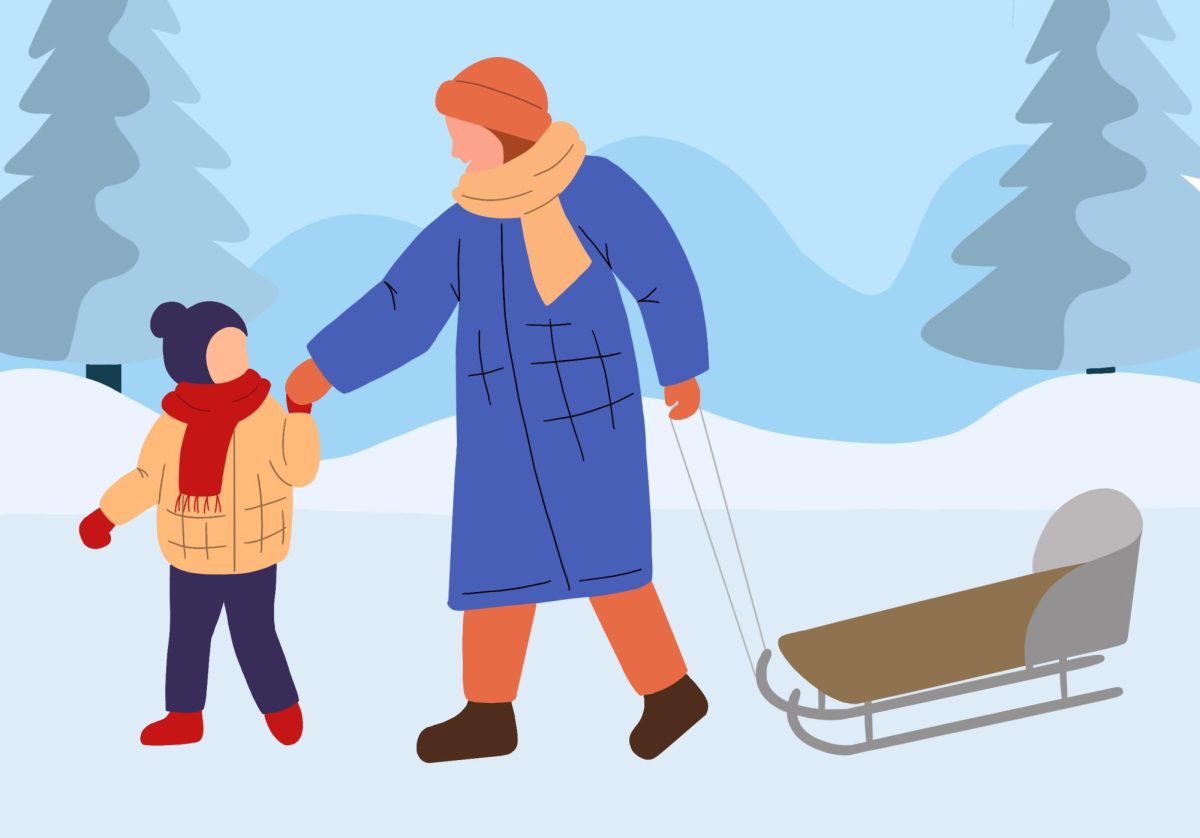
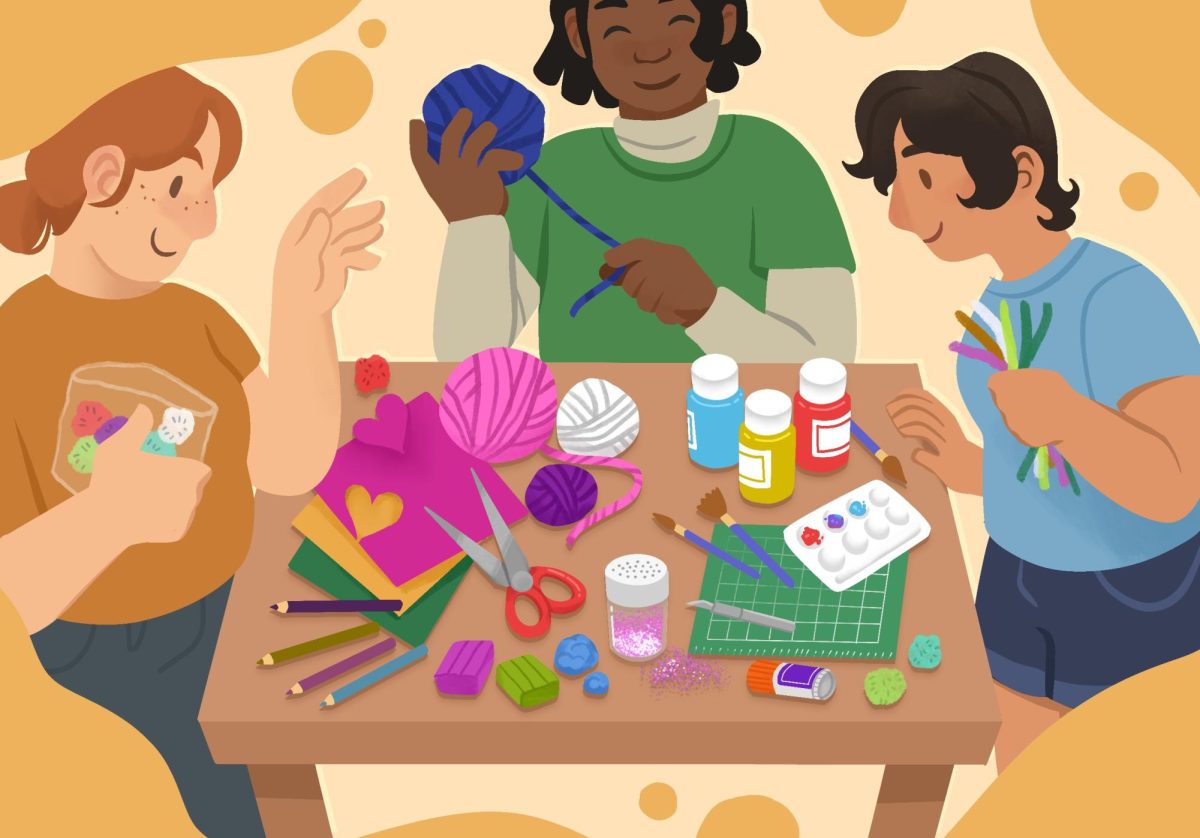


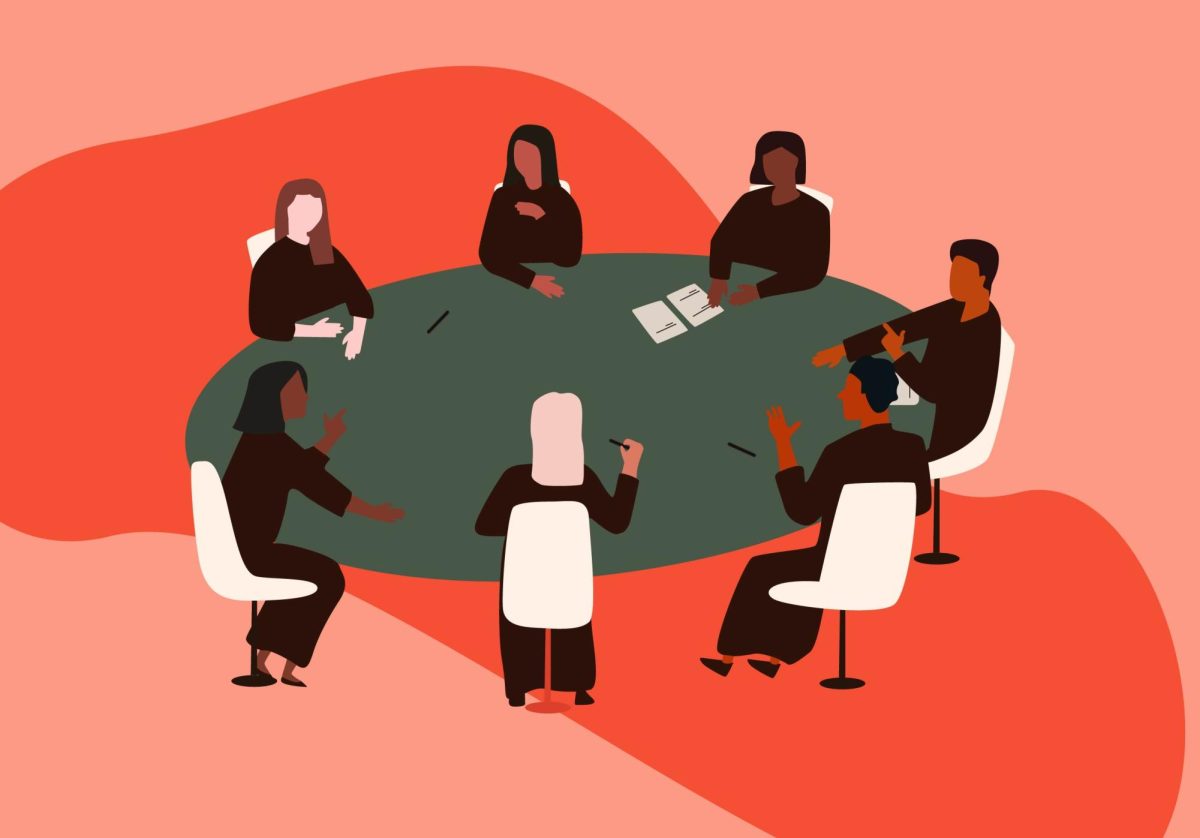




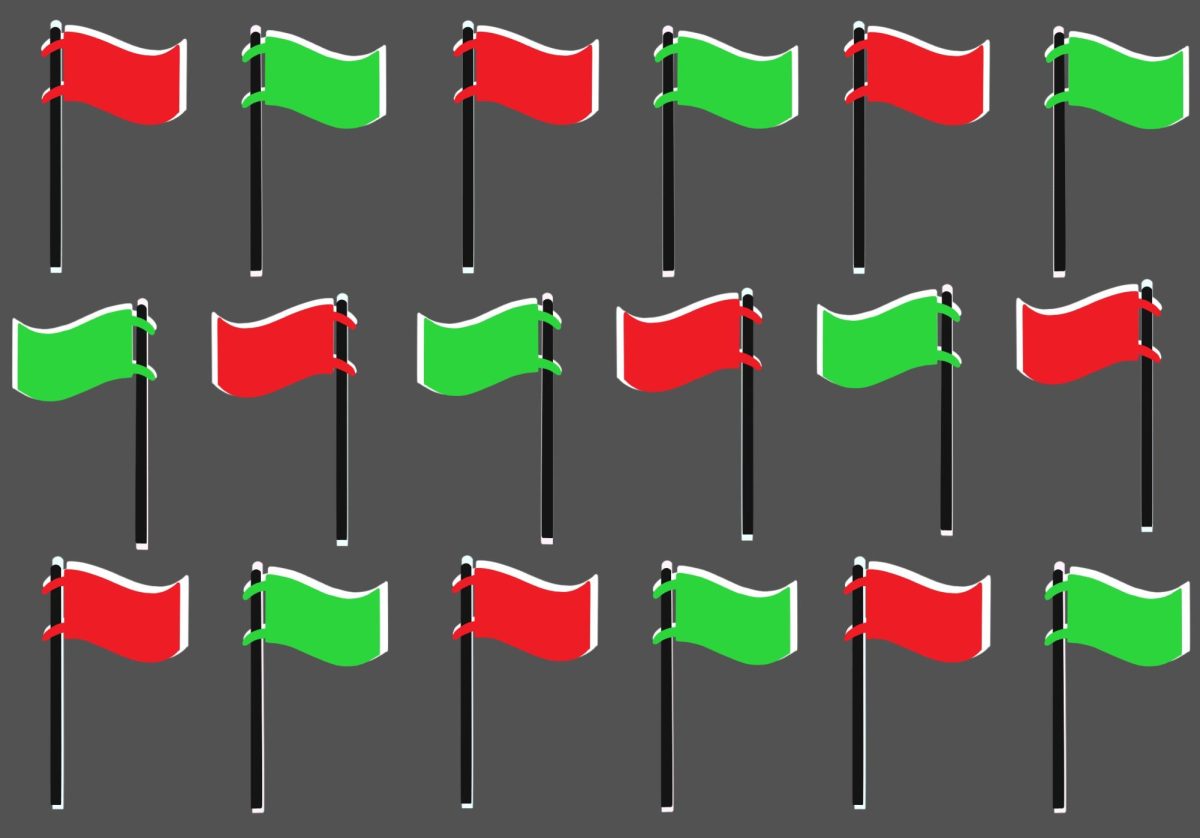
Tony Truth
Dec 14, 2024 at 4:52 pm
Be proud of who you are.
Notyer Mama
Dec 12, 2024 at 6:47 pm
Great column! Very well written and thought out. Just wondering – wasn’t it your mom who handed you The Great Believers? She’s so cool.
Steve Hauser
Dec 12, 2024 at 10:45 am
Good column. One of the best I’ve read in the Daily this year.